From the beginning of Vietnamese Buddhism
The woodblocks of Dau Pagoda becoming a national treasure is also when the position of the pagoda in Vietnam's cultural history is once again recognized. Previously, the pagoda was recognized as a special national monument in 2013, and the set of Buddha statues of the Four Dharmas of Dau region was recognized as a national treasure in 2017.
This pagoda was built by dynasties, then continued to be renovated and expanded on a large scale. During the Tran Dynasty, according to the treasure records, the pagoda was built by the first-ranking scholar Mac Dinh Chi with the scale of "a hundred-room pagoda, a nine-story tower, and a nine-span bridge".
Since its construction in the 2nd century according to legend and ancient documents, Dau Pagoda (Thuan Thanh Town, Bac Ninh ) has been recognized as the quintessence of the fusion between Indian Buddhism and the indigenous beliefs of worshiping natural forces of the ancient Vietnamese. After that, the pagoda was the abbot, preacher, and repository of scriptures of many famous Zen masters. From the center of Dau Pagoda, Buddhism spread to other regions. In particular, this is also the place to engrave and store a rich source of ancient Vietnamese documents.
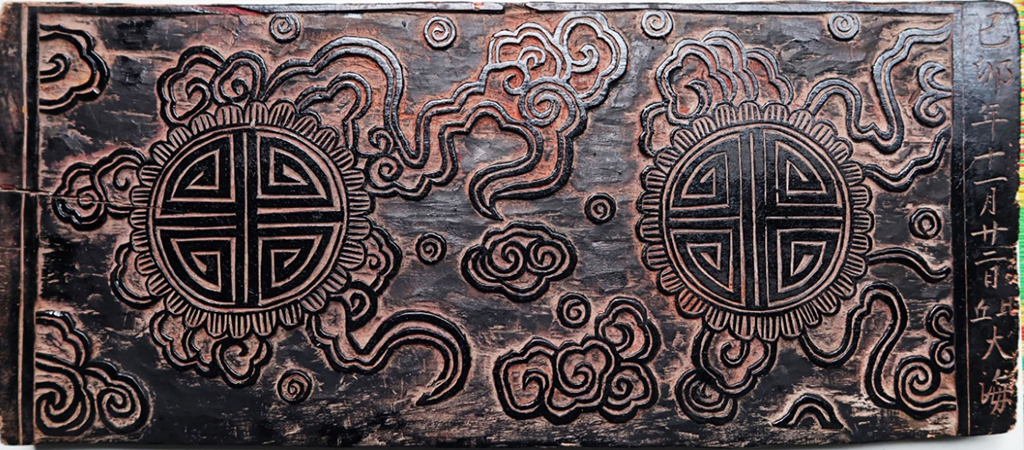
Woodblocks of Dau Pagoda show the engraving techniques of ancient craftsmen
DOCUMENTS OF CULTURAL HERITAGE DEPARTMENT
The Dau Pagoda woodblocks currently preserve 107 woodblocks. Of which, 92 are carved on both sides and 15 are carved on one side. The total number of woodblocks in the Dau Pagoda woodblocks is currently 199. The content of the engraved texts printed on the Dau Pagoda woodblocks, in addition to Buddhist scriptures such as: Muc Lien, Nhan Qua Quoc Ngu, Am Chat Giai Am, Tam Giao, also includes related content about Tu Phap, rituals for praying for rain, praying for rain, and recording merits.
According to the records of the Department of Cultural Heritage, the Dau Pagoda woodblocks were made according to the traditional process of Vietnam: selecting the text to be engraved, preparing materials (boards, paper, ink), and carving the boards. Each specific stage was assigned to each person, from the writer to the woodblock carver. For example, the Co Chau Nghi woodblock set was written in Chinese characters by a person named Nguyen in Kieu Ky commune, and engraved by a Hong Luc woodblock carver. This set of woodblocks also shows that monk Thich Quang Dieu was the one who edited the text "based on the old ritual to rewrite".
The boards, paper, and ink are also selected based on the criteria of durability, good ink absorption, and ink release (ink absorption and ink release are balanced). Therefore, in the past, pagodas often chose the type of wood, which must be old wood so that it does not shrink much. After being processed, this type of wood becomes less warped, less termite-ridden, water-resistant, moisture-resistant, light in weight, easy to transport and store. To prevent warping, the ancients made a cut along the top of the board (width of the board), about 2 - 2.5 cm deep, and then inserted old bamboo ribs into it. This anti-warping measure is very effective and has become a unique tradition in Vietnamese woodblock techniques.
Unique values
When Western printing technology had not yet been invented, woodblock printing was used as an official means of printing and publishing documents in the East Asian region, including Vietnam. The Dau Pagoda woodblocks are such a case. Each work is a work of sculptural art expressing the aesthetic value of the ancients.
Accordingly, the woodblocks of Dau pagoda have a harmonious combination of illustrations and text in the form of one image below the text, or one page of text and one image. This form helps readers and viewers easily understand and remember the content of the work. The illustrations are carved meticulously, carefully, and vividly. The work Muc Lien has each side engraved with illustrations arranged in the style of one image below the text, each side of the board has 25 lines of text describing the content of the painting above. The work Nhan Qua Quoc Ngu , one page is a picture of Buddha Shakyamuni sitting on a lotus pedestal holding a lotus flower, below is An Nan Ton Gia kneeling listening to the sermon.
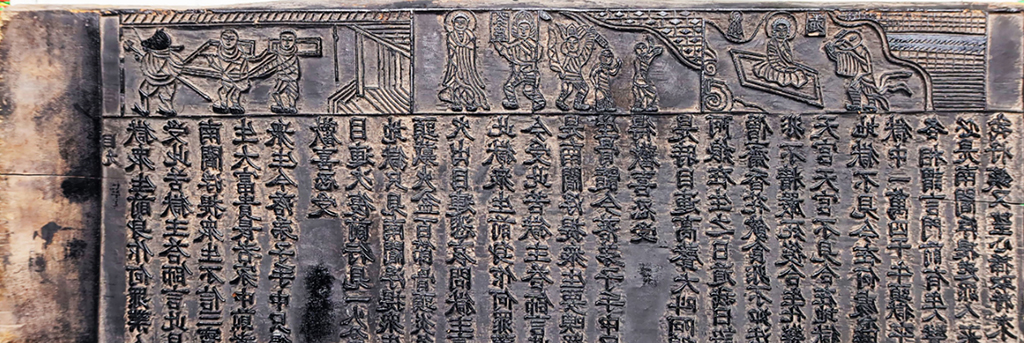
The Mu Lien board combines both paintings and words telling the story of Mu Lien saving his mother.
DOCUMENTS OF CULTURAL HERITAGE DEPARTMENT
The treasure records show that the Dau Pagoda woodblocks also have works that are typical of the pagoda, such as the rituals of setting up the altar, the way of offering petitions to the gods, the five directions of the dragon veins, and prayers for rain and clear weather such as: Thinh Long Vuong Nghi, Ky Vu Kinh, Ky Vu Hong An Cong Van . Dau Pagoda and the Four Dharma Buddha system have long been associated with the wishes of agricultural residents for favorable weather.
The woodblocks of Dau pagoda, especially the works Co Chau Hanh and Co Chau Luc, are also valuable documents for studying the history of Vietnamese Buddhism through the legend of Buddha's mother Man Nuong and the Four Dharma Buddhas. These two works show that Vietnamese Buddhism is influenced by the magical cultural elements of the Brahmanism from Tay Truc. The four gods of clouds, rain, thunder and lightning were transformed into four Buddhas: Phap Van, Phap Vu, Phap Loi and Phap Dien. Kings and mandarins of the following dynasties also turned to Dau pagoda, showing their respect for the Four Dharma Buddhas. Thus, the path of introduction and the process of receiving Buddhism in our country has been filtered and blended smoothly with endogenous cultural elements.
The Dau Pagoda woodblocks also have documentary and linguistic value. The book Co Chau Luc was collected by the French in the early 20th century. However, it was not until the late 1980s that the set of three Dau Pagoda woodblocks became known to the academic community, becoming a unique group of documents used by domestic and international academics in scientific research. The work Co Chau Luc in the woodblocks is an ancient text passed down from ancient times, engraved in original Chinese characters, accompanied by a Nom interpretation. The world 's famous Vietnam scholar, Professor Keith Taylor (Cornell University, USA) has a book in which he analyzes Co Chau Luc as a typical work of translation from Chinese to Nom in the history of Vietnamese translation. (continued)
Source: https://thanhnien.vn/bao-vat-quoc-gia-moc-ban-chua-dau-khac-sac-net-tich-muc-kien-lien-cuu-me-185240509220108158.htm








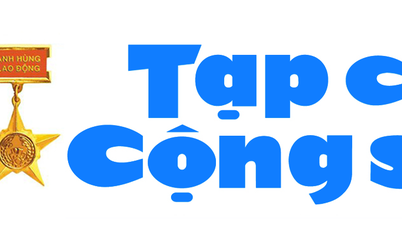

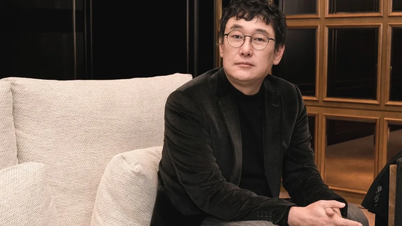




![[Video] Hoang Van Sac - A living witness of a time of bombs and bullets](https://vphoto.vietnam.vn/thumb/402x226/vietnam/resource/IMAGE/2025/6/14/57b3f91b88f148038e3c473f8a619d70)












![[Photo] Prime Minister Pham Minh Chinh receives leaders of several Swedish corporations](https://vphoto.vietnam.vn/thumb/1200x675/vietnam/resource/IMAGE/2025/6/14/4437981cf1264434a949b4772f9432b6)










































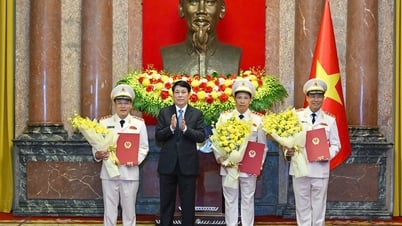







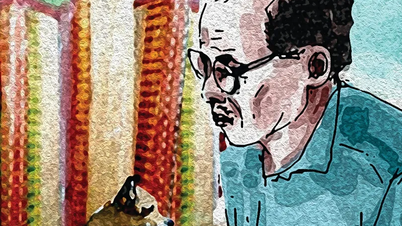
















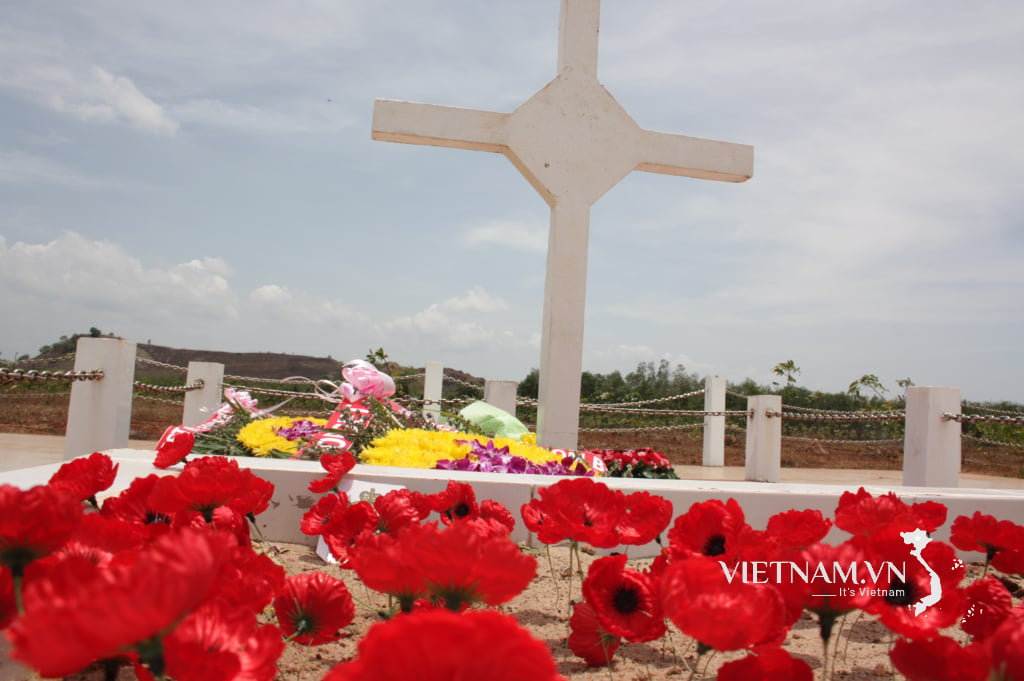
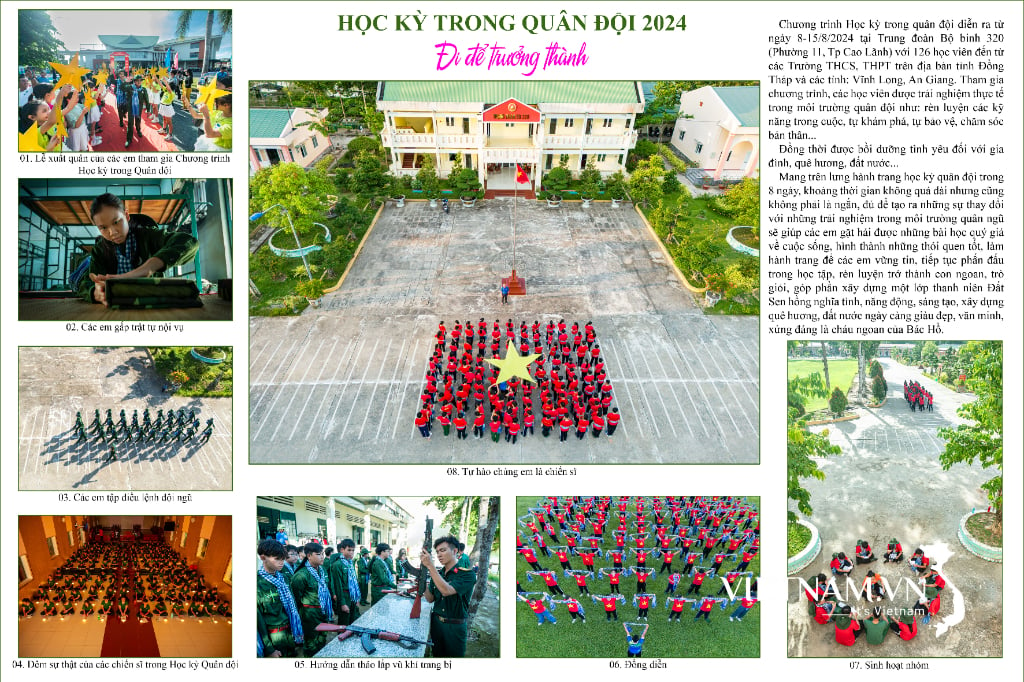
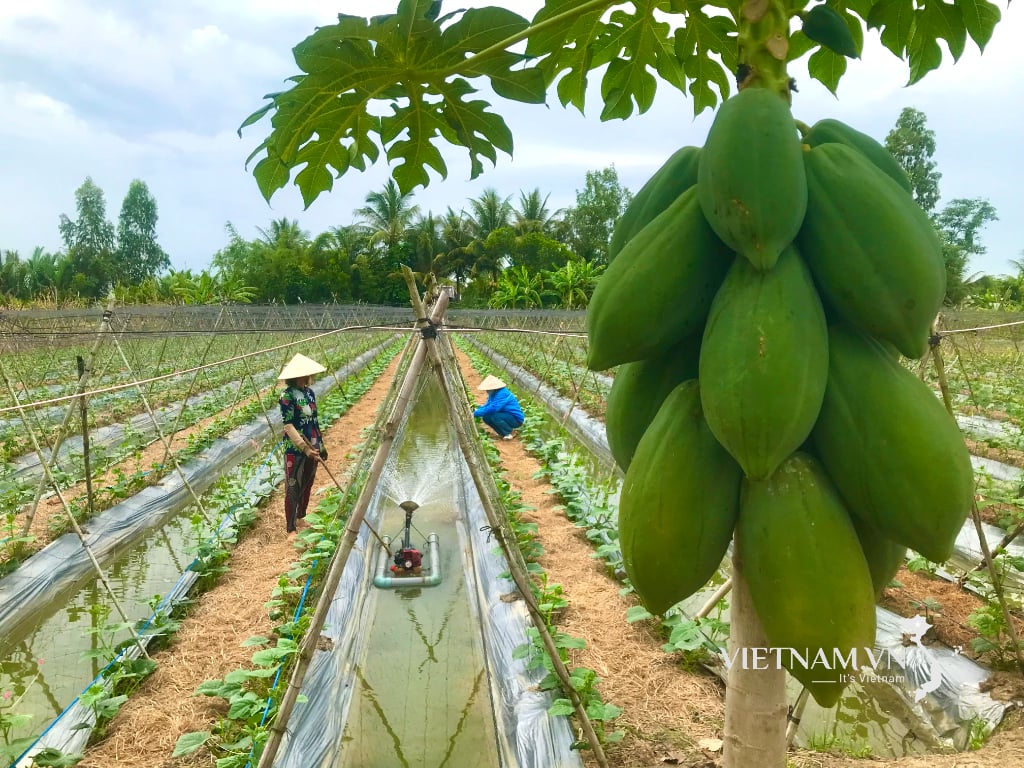

Comment (0)